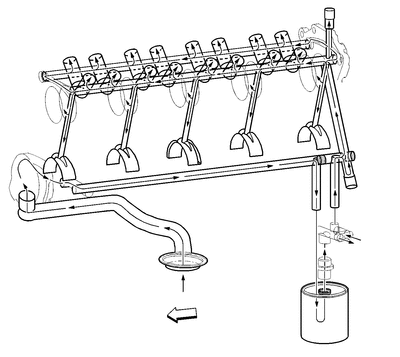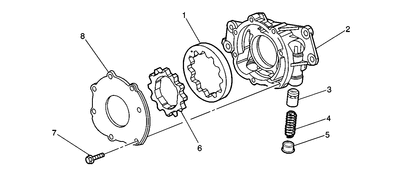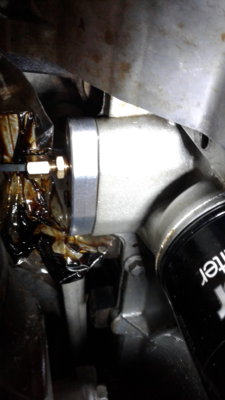I'm still working on this low oil pressure issue on my '06 Denali. After several thousand miles I still have about 10 PSI of oil pressure at idle. Still no ticking or any other weird noise. I have been shopping around for a used lower mileage engine but would still like to figure out what is wrong with this one. It is just bugging me.
Had a thought. I was wondering if anyone knows if all of the oil passes through the oil cooler. In the only flow diagram I can find it appears to flow from the filter to the cooler and then back to the engine and up to the pressure sensor. There does not appear to be a bypass around the cooler. It that true?
I am exploring every possibility and was wondering what a restriction in the cooler could do.
Had a thought. I was wondering if anyone knows if all of the oil passes through the oil cooler. In the only flow diagram I can find it appears to flow from the filter to the cooler and then back to the engine and up to the pressure sensor. There does not appear to be a bypass around the cooler. It that true?
I am exploring every possibility and was wondering what a restriction in the cooler could do.



